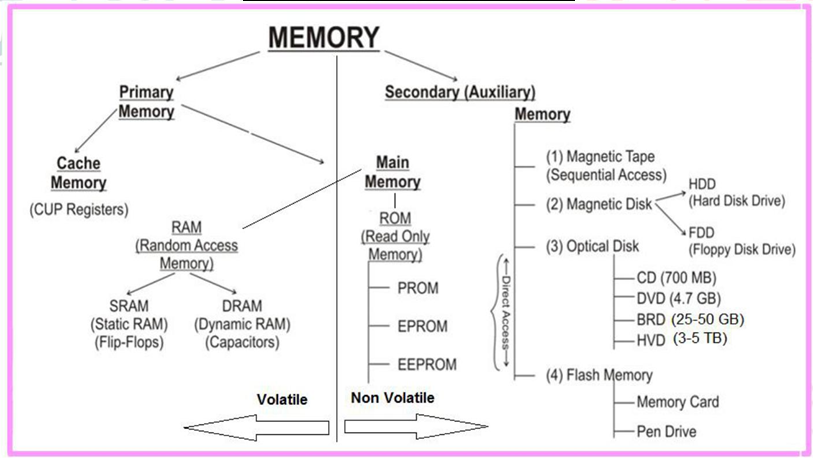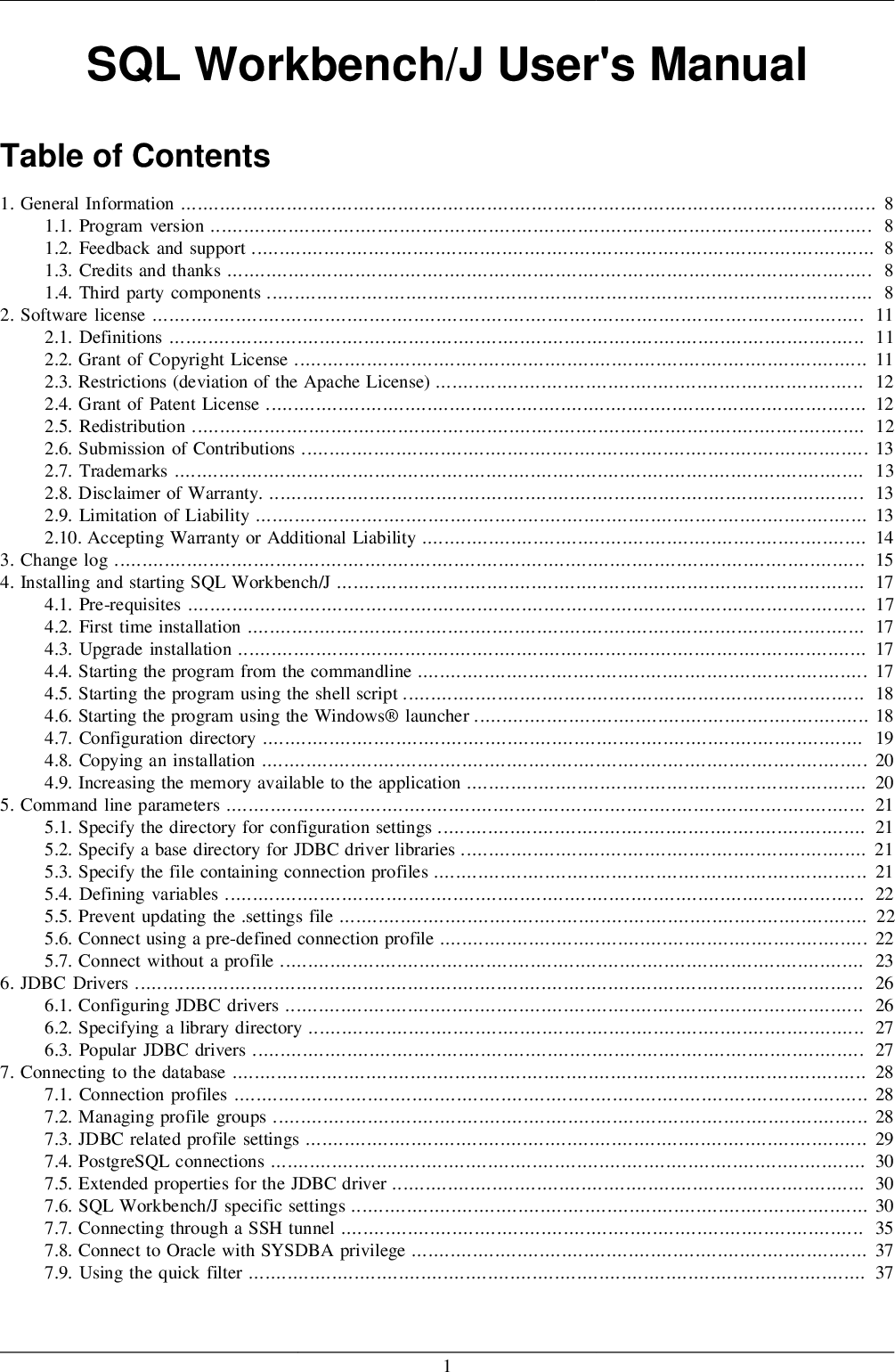

This solution is a very cheap but does have its limitations.If this swapping of active and inactive blocks of data between RAM and secondary storage is managed well then it will appear to the CPU that all the programs in use are running as if there was unlimited RAM available to them, hence the term virtual memory.However, it is possible for the OS to copy blocks of data that are not being used by the CPU from RAM to secondary storage (typically the hard drive) and copy blocks of data that are needed by the CPU into the spare RAM that is then available.If a computer system does not have enough RAM then there will be a limitation on the number of programs that can be running at one time, or the number of files that can be loaded and processed.What is virtual memory and why is it needed? SUMMARY: The more RAM installed in a personal computer, the higher the performance. If the amount of RAM is increased then a computer can run more programs simultaneously, or process larger files, without being slowed down by having to use virtual memory. A modern computer might have between 1GB and 4GB or more of RAM installed and this is easily upgraded by adding more.How does the amount of RAM in a personal computer affect its performance? This is done by copying the data from RAM to the secondary storage. New files that are created, or changes made to files while the computer system is in use, need to be saved before the computer is switched off.RAM is needed for this task because it would be far too slow for the CPU to directly access this data from the secondary storage.All the other programs that are running.When a personal computer is in use the following are loaded into RAM from the backing storage:.ROM is described as non-volatile meaning that if the power is switched off or the battery removed then the contents are not lost.The contents of ROM cannot be altered so a computer can only read from memory addresses in ROM.RAM is described as volatile meaning that if the power is switched off or the battery removed then the contents will be lost.The contents of RAM can be altered so a computer can both read from and write to memory addresses in RAM.The differences between Random Access memory ( RAM) and Read Only Memory ( ROM) are summarised below: RAM In both types of memory, individual electronic switches are arranged in blocks (usually of 8, making 1 byte of memory) and binary numbers are stored as a pattern of switch positions. RAM ( Random Access Memory) and ROM ( Read Only Memory) are both types of solid state memory, allowing quick access to data and not being sensitive to being moved around while in use. What are the differences between ROM and RAM?

discuss how changes in memory technologies are leading to innovative computer designs.explain how the amount of RAM in a personal computer affects the performance of the computer.describe the purpose of RAM in a computer system.explain the need for ROM in a computer system.describe the difference between RAM and ROM.


 0 kommentar(er)
0 kommentar(er)
